Author: naval encyclopedia
Sierra class submarine
Project 945 Barrakuda (NATO SIERRA I) Project 945A Kondor (NATO SIERRA II) Nuclear attack submarines: 5 planned, 4 completed 1979-1992,…
Update Etna class cruiser
Etna was the only survivor of a class of four protected cruisers dating from 1885-1888. Designed by Carlo Vigna and…
Kyūshū Q1W Tōkai “Lorna”
IJN ASW aircraft (1943-1945) 153 built The Kyūshū Q1W Tōkai (“Eastern Sea”) was the first and last Imperial Japanese Navy…
Hunt class Destroyer Escort (Type 1)
UK Royal Navy: 23 (86 total) ships. The Hunt class were escort destroyer of the Royal Navy, with first vessels…
Colbert class Ironclad (1875)
France. Central Battery Ironclad Colbert, Trident Built 1870-78, service until 1900 The Colbert class were a pair armored frigates and…
Iris class cruiser (1877)
RN (1875-79, service until 1905-19): Iris, Mercury The Iris class Cruiser were an important milestone in the development of the…
Zumwalt class destroyer
Guided Missile Destroyer (2011-2027): DDG-1000 Zumwalt, DDG-1001 Michael Monsoor, DDG-1002 Lyndon B. Johnson For this 4th of July here is…
Update ! Colossus Class
The Colossus-class battleships were 1st generation dreadnought battleships of the Royal Navy built at Palmers and Scott shipyard in 1909-1911….
U23 class (1912)
Germany: SM U23, 24, 25, 25 (1912) The U23 class submarine were of the so-called double-hulled type, designed as oceanic…

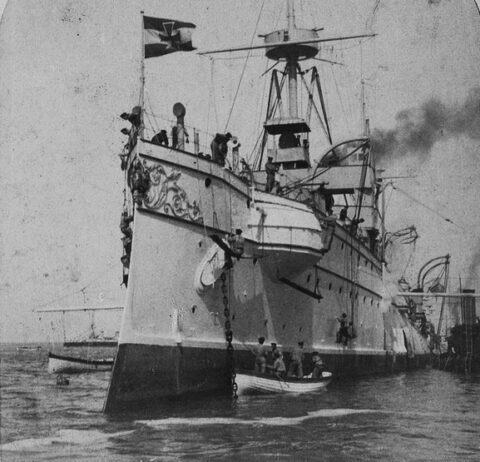

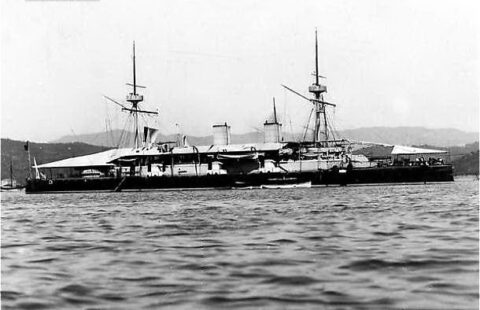
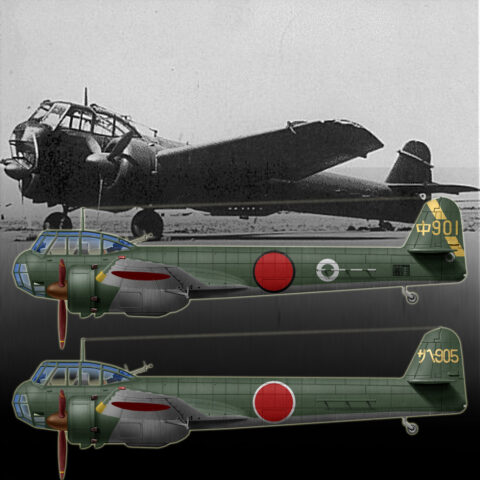
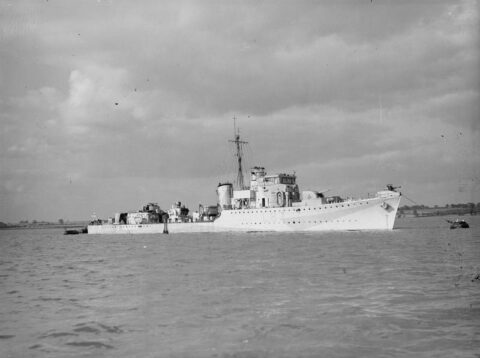
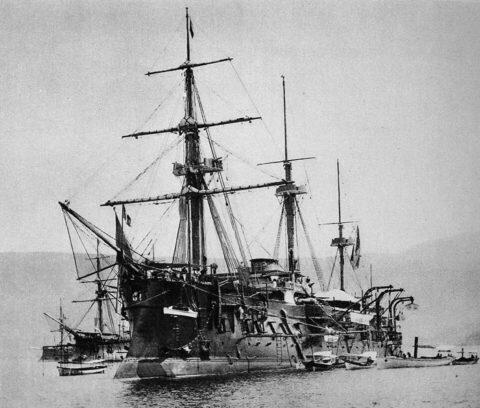

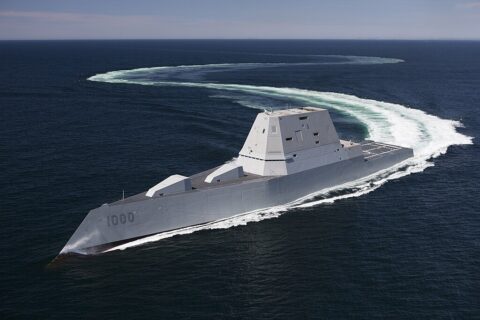
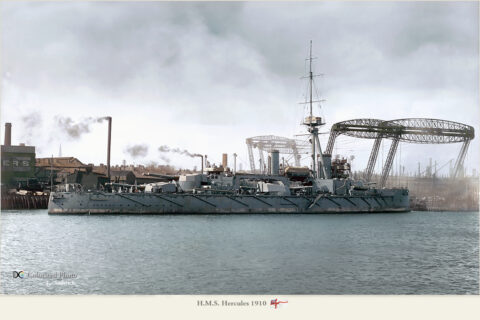
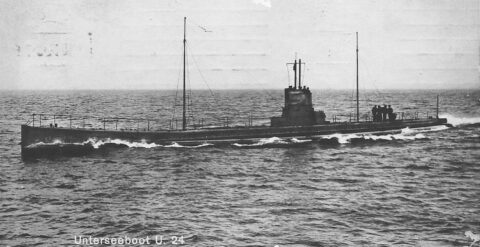
 dbodesign
dbodesign